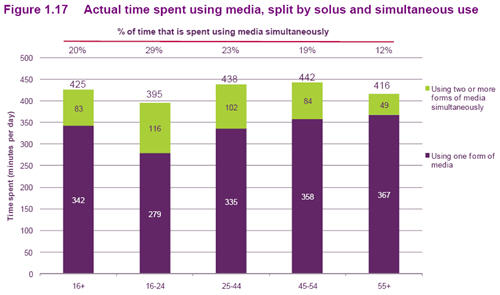Future Minds: the map of how screen culture is changing how we think
My colleague Richard Watson, building on the success of his book Future Files, has now launched Future Minds, which explores how screen culture is changing the way we think today, and how it will shape our future.
When I read the Contents and Overture to Future Minds, my first thought was that Richard and I should organize a public debate. In contrast to Richard’s tone of caution I think there are immense opportunities in having our brains shaped by digital culture (though certainly also things to be wary of).
Here is the map that Richard has created to acccompany the book. I saw early drafts of this as long as a year ago, so this has definitely not been cribbed from other recent maps with a similar look and feel.



